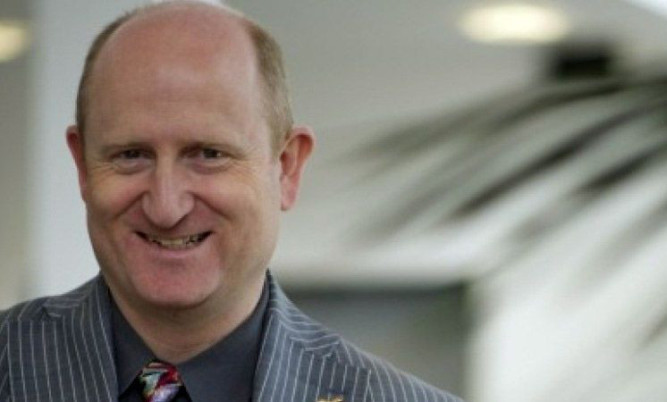Publishing weekly performance figures for Scotland’s accident and emergency units “misses the point”, a leading doctor will warn as he highlights “serious challenges” facing the NHS.
Dr Peter Bennie, the chair of the Scottish Council of the British Medical Association (BMA), will use a key speech this morning to argue for a “rethink on targets”, arguing they must lead to improvements for patients rather than being an “expensive obsession with reducing waiting times”.
His address to the BMA’s annual conference in Liverpool comes four months after the Scottish Government ordered the weekly publication of figures showing if hospital A&E departments are meeting their four-hour target.
The Scottish Government has set an interim goal of treating 95% of patients within four hours, in advance of meeting the full target of 98%.
Hospitals across the country have been struggling to achieve the interim target, with the latest figures showing 92.2% of patients were seen and subsequently admitted, transferred or discharged within four hours for the week ending June 14.
Dr Bennie believes ministers “bowed to pressure from opposition parties and began reporting weekly A&E activity”.
But he will say: “All this has served to do is feed an obsession amongst our media and politicians each week in the Parliament. The publication of these weekly statistics completely misses the point and diverts attention from the real issues in our health service.
“The problems that exist within our hospitals extend far beyond the front door and we need to look at the whole patient journey. Are patients being admitted to the right wards, not boarded internally or miles away? Are they discharged when they’re ready to go home and do they get the support they need to live at home and avoid unnecessary readmission?
“That is what is important. Not the weekly accusations flung across the Parliament chamber as each party seeks to blame the other for the problems in the NHS.”
He will add: “We need a rethink on targets in Scotland. If we are to continue with them, the targets must drive improved clinical outcomes for patients rather than an expensive obsession with reducing waiting times, irrespective of patients’ best interests.”
Warning of “serious challenges in the NHS in Scotland”, Dr Bennie will also insist there is an “urgent need for change”.
While he will argue that the commitment of doctors, nurses and other workers means “quality of care is largely unaffected”, he will make clear: “It cannot go on like this.”
But he will caution politicians against making “unfunded and unrealistic promises” about the health service in the run up to next May’s Holyrood election.
While the Scottish election comes “hot on the heels of last year’s referendum and the recent UK general election where health issues were prominent”, he will stress it is at Holyrood where decisions on the NHS are made in Scotland.
Dr Bennie will say: “I want to encourage politicians to avoid falling into the much-too-easy trap of making unqualified, unfunded and unrealistic promises about the NHS.
“I would urge each of the parties to think clearly about what needs to change for the NHS to be sustainable for the long term – not just the next five years.”
